Tips for Substituting Yarn in a Crochet Pattern
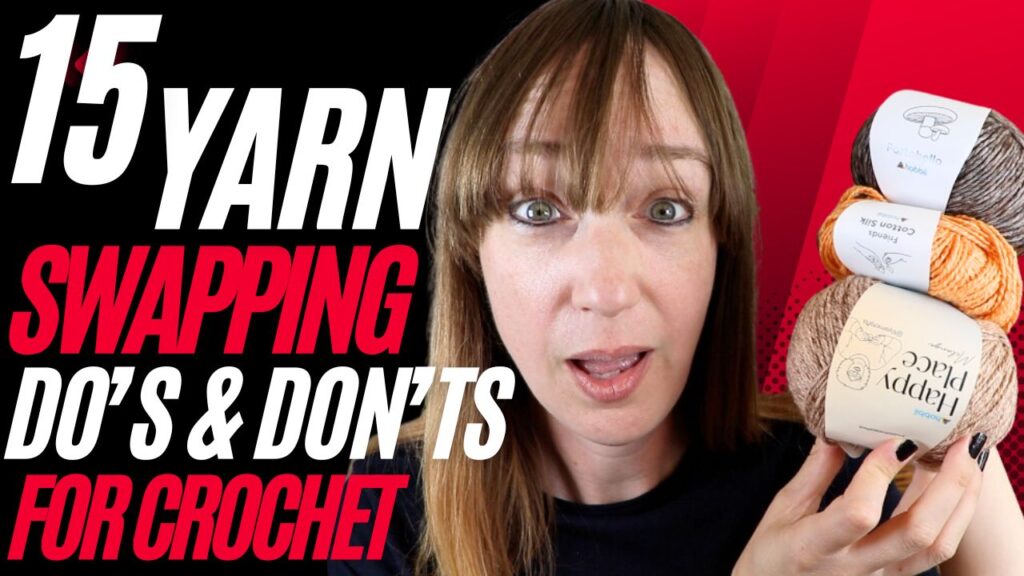
I found substituting yarn in crochet patterns a bit intimidating the first few times I did it with someone else’s designs, but it’s always turned out just fine. And now, over a decade into the crochet hobby, I don’t really worry about doing it at all. And that’s because I have a few rules that I follow when making changes, which I’ll share with you today.
So if you don’t have the right yarn at home, or can’t afford to buy the recommended brand – it’s no big deal. And if you don’t like the fiber, or want a different thickness, or even are allergic to the material used, you’ll also be fine swapping in a different yarn entirely. As long as you make sensible choices, and a few tweaks when you do.
DO use a similar yarn if you can
I try to start off by focusing on three main areas – yarn weight, fiber and color. So if my pattern recommends a DK weight, acrylic, pink yarn, that’s what I’ll seek out. But of course, that’s not always possible or practical.
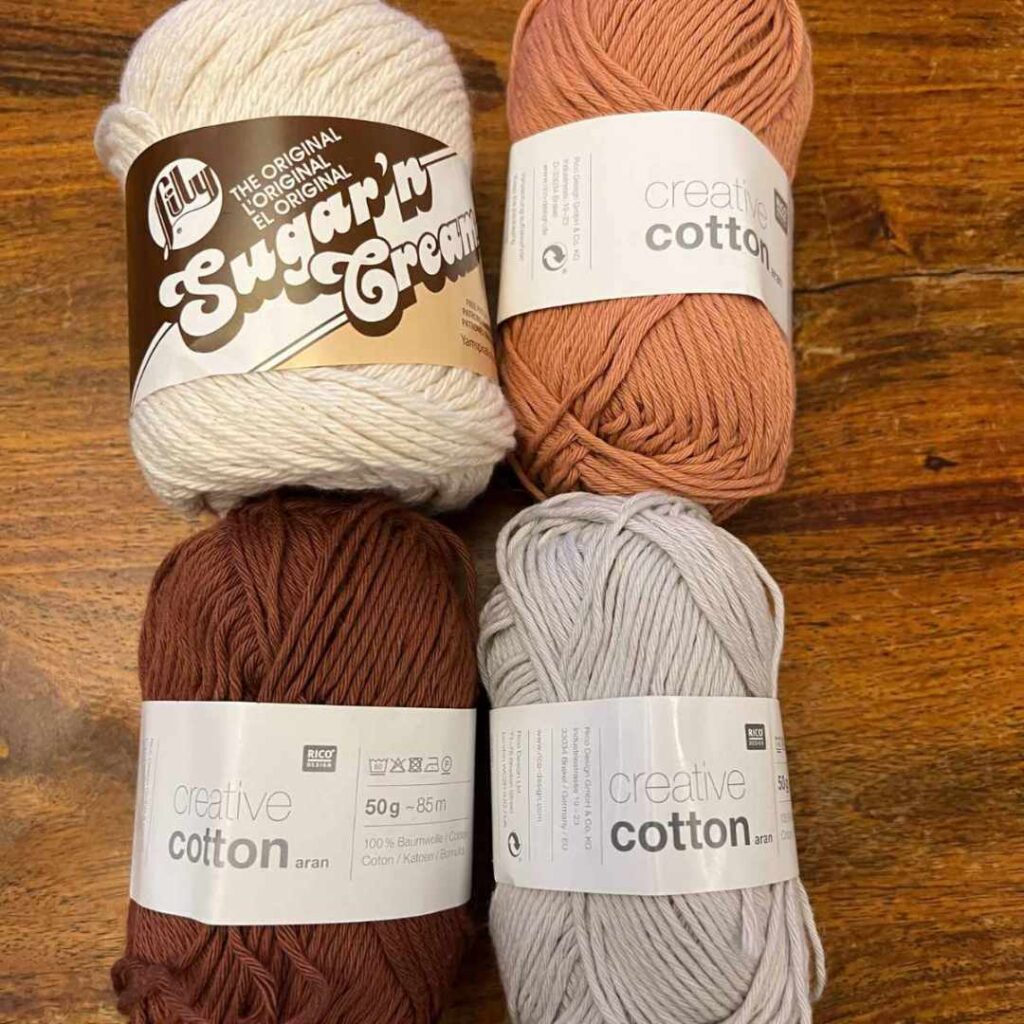
DO use the same yarn weight if you want the same size
The finished size of a crocheted toy, blanket or item of clothing is dictated in a large part by the yarn weight. If you want the outcome of the pattern to be similarly sized to the one you’re following, keep that yarn thickness the same.
DO swap hook sizes if you change yarn weight
It’s tempting to keep the same hook even if you size up or down in yarn weight, because at a basic level it feels like it’ll help keep it consistent, right? Sadly, wrong. Always get your hook to match the yarn, even when following a pattern.
DO check your hook size even if the weight is the same
So variable are hook sizes, that you will find that different brands, fibers or varieties of yarn that are labelled as the same weight will often require slightly different hook measurements. Not all DK yarns need a 3.5mm hook, not all aran yarns need a 5.5mm hook. It ranges more than you might think, so it’s always worth checking.
DO try to use the same fiber
Unless you are subbing out your yarn due to an allergy, try to use the same fiber as is shown in the pattern as this can really influence the texture and elasticity of your finished crocheted item. If you do need to change fiber, away from wool for example, then try to find something that feels quite like it and has a similar amount of stretch.
DO color match before you begin
At the start of each project I lay out my yarns together, in their skeins, on a white sheet or clear table. Then I stare at them and make sure I’m happy with how they look in one place. It sounds a bit over the top, but it genuinely has saved me from some pretty awful color choices in the past.
DO check quantities and your budget
Price doesn’t just go up when you choose a more expensive yarn brand. It can also vary between yarns of the same cost, because the amount that you’ll need varies so much from skein to skein. Two 100g hanks of yarn of the same weight can have quite different yardages, so you’ll need more cakes of one brand than you would of another.
DO make a sample
Whenever you swap yarns, work up a little sample using the stitches you’ll need. Make sure you’re actually happy that it is likely to look and feel how you want it to.
DO check the gauge
The number of stitches per inch for a particular pattern changes based on a few factors. Different humans have varying tension, that’s why gauges exist. But something as simple as switching yarn can have an even bigger impact on the size of the stitches, and therefore how many fit in an inch space. This is particularly important if you’re making clothing to fit.
DO consider doubling up yarn strands
You can use multiple strands of finer yarns, to make up a thicker yarn, if you want the same weight. So say my pattern says use a 5mm hook and aran weight yarn? I could hypothetically use two strands of DK instead of one of aran. However, it’s still important to make up that sample to check you’ve got it right. Because this doesn’t directly translate for all types of yarn.
DON’T assume it will look the same
It never ceases to amaze me how different patterns look when tiny changes are made to the yarn. Just small changes, even with a color swap, can make a world of difference.
DON’T change yarn thickness if you want the same drape
This is a big one for substituting yarn in crochet clothes or wall hanging patterns, anything that dangles! To keep the crocheted product hanging in just the same way as your pattern shows, stick to that same thickness and fiber of yarn.
DON’T mix fibers and weights where they weren’t mixed in the pattern
Unless you like a bumpy, often misshapen look, mixing yarn weights in a pattern designed to use skeins of the same weight is never a good idea.
DON’T be afraid to experiment
All that being said… sometimes it’s great to throw caution to the wind and see what you come up with. I love making bold and different yarn choices, so give yarn substituting a go and see what you can create.
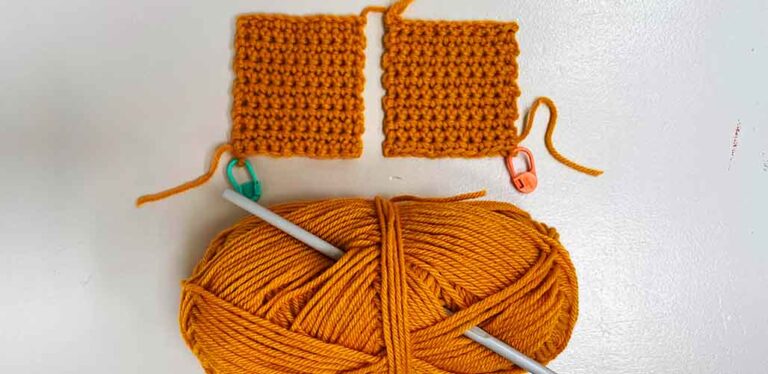
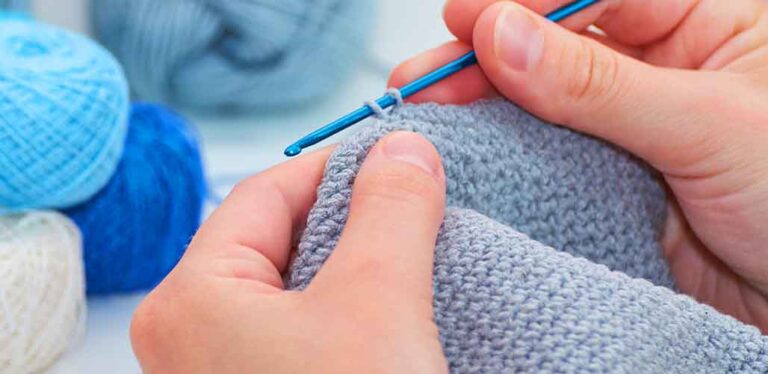
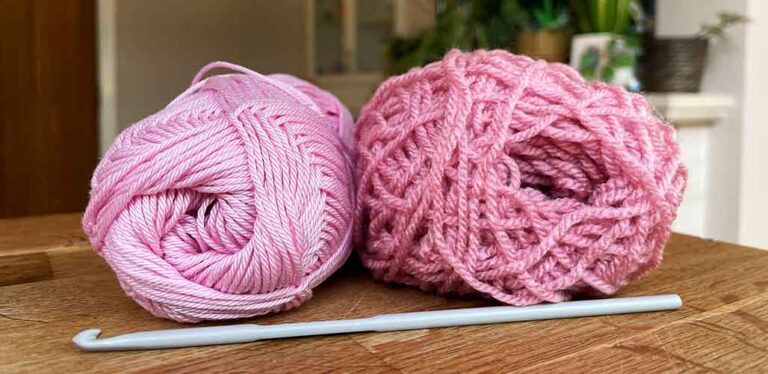
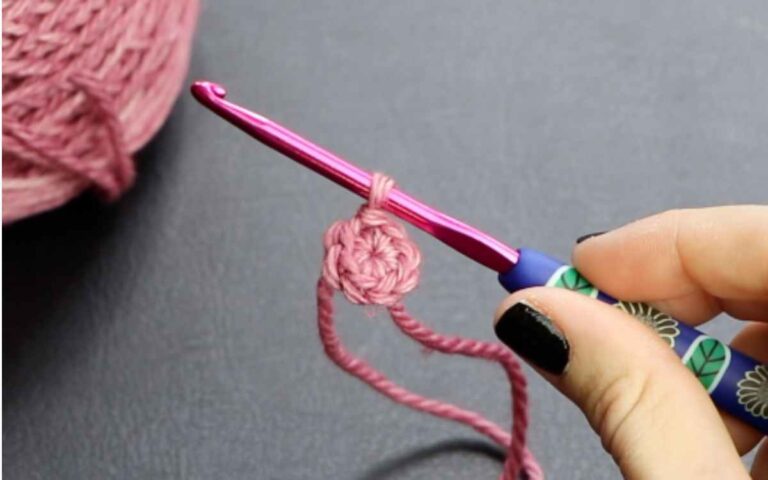
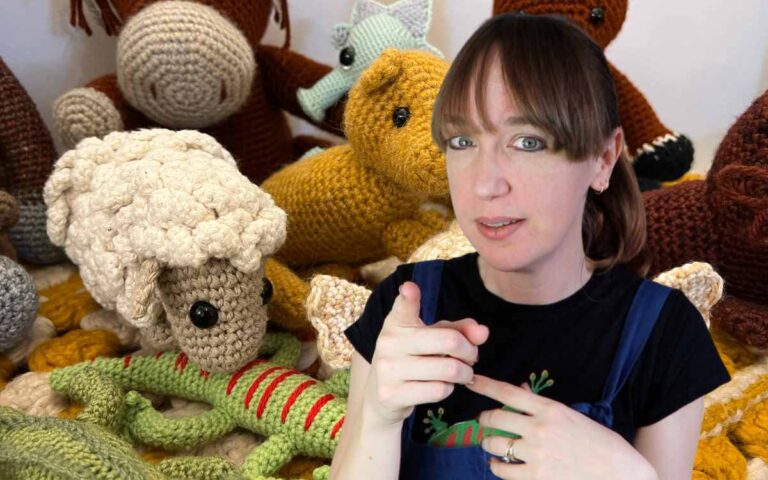
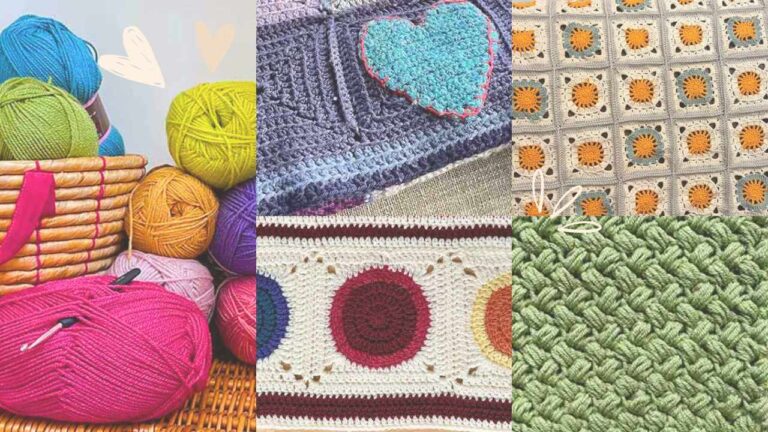
At first when I read historical fencing I thought what other kind of fencing did any one use besides a wood fence or a brick/block fence. Then I realized you meant the sport. I look forward to reading your other bits too. I crochet a lot more than I should and I buy a lot more yarn than my husband knows.
A different sort of historical fencing would be pretty cool too though, wouldn’t it! And possibly be more useful in the modern day